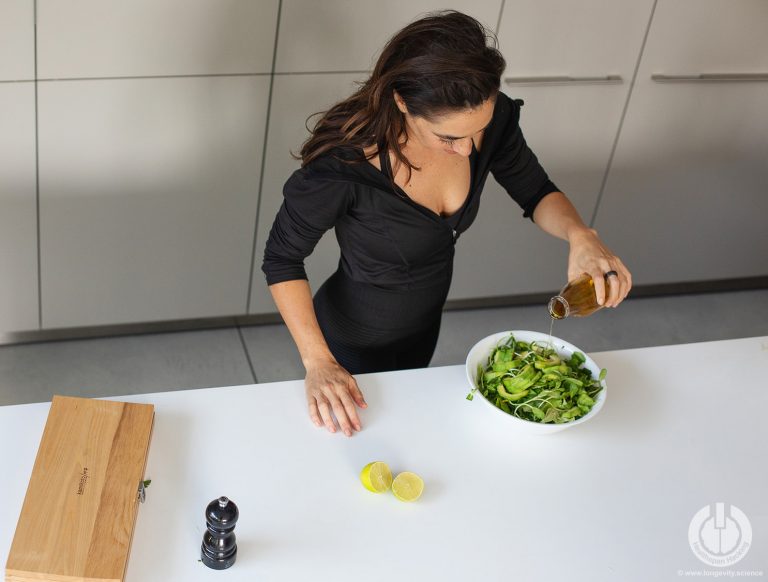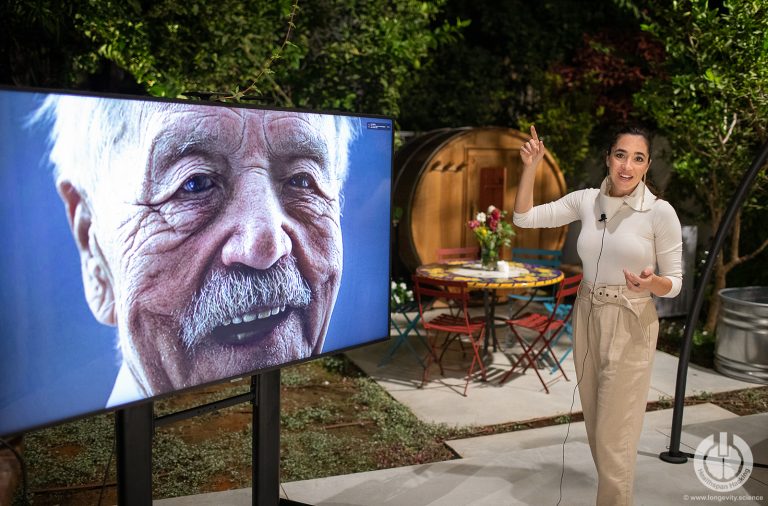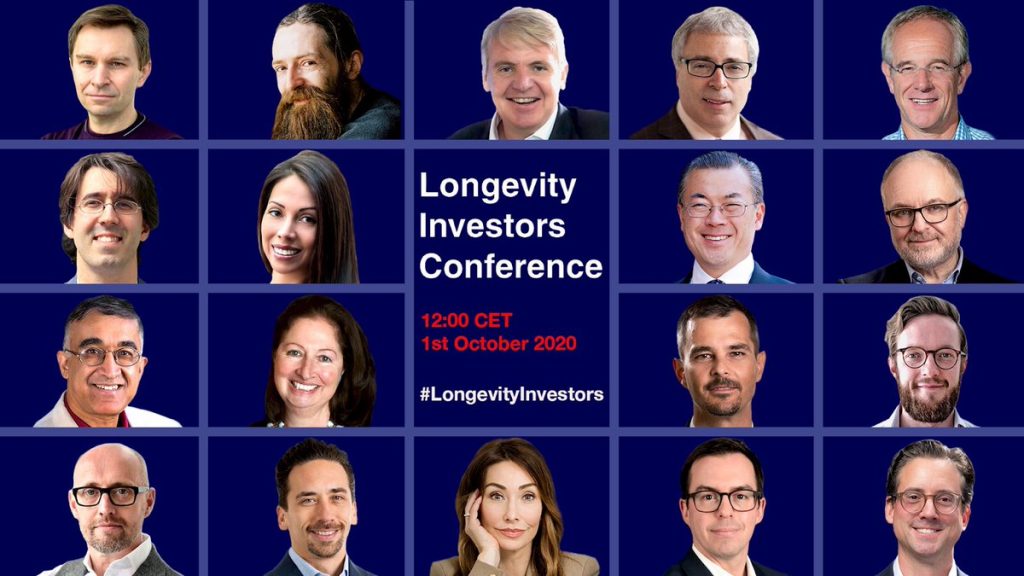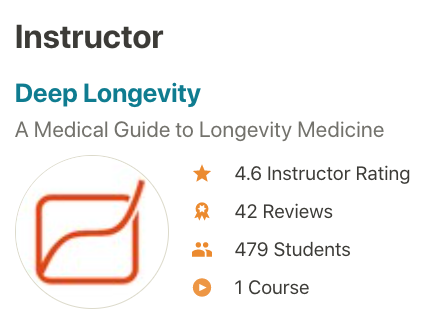From the beginnings of human existence, we’ve been desperately seeking a way to stave off the inevitability of death. In recent years, the research into longevity has proceeded at pace. What has been discovered has threatened to overturn long held ideas.
Take longevity itself. We’ve long though that our lives are like an egg timer with a set number of grains of sand constantly being depleted. By the time we get to ninety or a hundred, we run out of grains of sand and we die. Yet, recent research challenges that notion.
The ‘Mortality Plateau’ Study; Can You Live Forever?
A study of almost 4,000 ‘super elderly’ people in Italy suggests that there is no natural limit to aging. Each of the study subjects were aged 105 or older. The researchers found that the risk of mortality increases as we age but then tapers off after age 105. They referred to this phenomenon as a ‘mortality plateau.’ After the age of 105, the odds of dying over the next 12 months level to 50:50. (1)
According to Jean-Marie Robine, a demographer at the French Institute of Health and Medical Research in Montpellier, the study suggests that humans could actually live forever . . .
If there is a mortality plateau, then there is no limit to human longevity.
– Jean-Marie Robine
The research, which was published in a 2018 issue of the journal Science, comes on the top of years of debate among researchers as to what is the limit of human existence. The conventionally held view has been that the risk of mortality increases until the age of around 80. After that, there has been much debate about whether the risk increases or not. Scientists looking at the same data have come to opposing conclusions, with some concluding that mortality risk keeps increasing as we get into our ‘super golden’ years, with others being convinced that the risk of dying tapers off when we close in and go beyond being a centurion.
Prior to the 2018 study, the largest study on mortality limits was conducted by a team of geneticists out of the Albert Einstein College of Medicine in New York City. They analyzed the ages of death of the world’s oldest people over the previous 50 years. Their conclusion was that human longevity peaked at between 115-125 years. They also found that there had been no significant increases in max life span since the 1990s. The overall conclusion of this study was that human aging had already peaked with the oldest record human. That was the French woman Jean Calment who died at the age of 122 in 1997. (2)
The Ongoing Debate: Upper Limit On Age or Not?
The results of this study were immediately challenged, with complaints being laid about the statistical methods which were used. One of the authors of the 2018 study, Ken Wachter, states that they went to great lengths to ensure that the records they collected were unimpeachable . . .
We have the advantage of better data. If we can get data of this quality for other countries, I expect we’re going to see much the same pattern.
– Ken Wachter
However, Robine is not so sure that the study is globally representative. He points to the fact that all of the participants were from Italy. He says that unpublished data from Japan, France and Canada does not support the idea of a mortality plateau.
A global study of centurions is needed to provide a truly representative picture of what happens to our risk of dying in the super advanced years.
Jay Olshansky, a bio-demographer at the University of Illinois at Chicago, is another researcher who doubts the conclusions of the 2018 study . . .
You run into basic limitations imposed by body design.
– Jay Olshansky
Oshansky points to the fact that there are cells that do not replicate. These cells, such as neurons, will wither and die as we age and not be replaced. This in itself, he contends, places an upper limit on life span.
There are around half a million people in the glocal centurion club. Researchers predict that that figure will double every decade to come. It has also been estimated that the age of the oldest person alive will increase by one year every decade going forward.
Researchers are speculating as to the cause for the levelling off of the mortality rate in the super aged. A theory put forward by Siegfried Hekimi, a geneticist at McGill University in Montreal, Canada, is that the cells of the body reach a state where their ability to repair themselves offsets cellular damage.
The 2018 study has led to much debate among scholars with the inevitable result that more research will be forthcoming. Those of us who have a keen interest in longevity eagerly look forward to it.
References
- Barbi, E., Lagona, F., Marsili, M., Vaupel, J. W. & Wachter, K. W. Science 360, 1459–1461 (2018)
- https://pubmed.ncbi.nlm.nih.gov/27706136/














